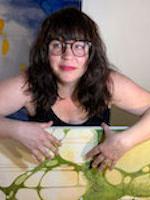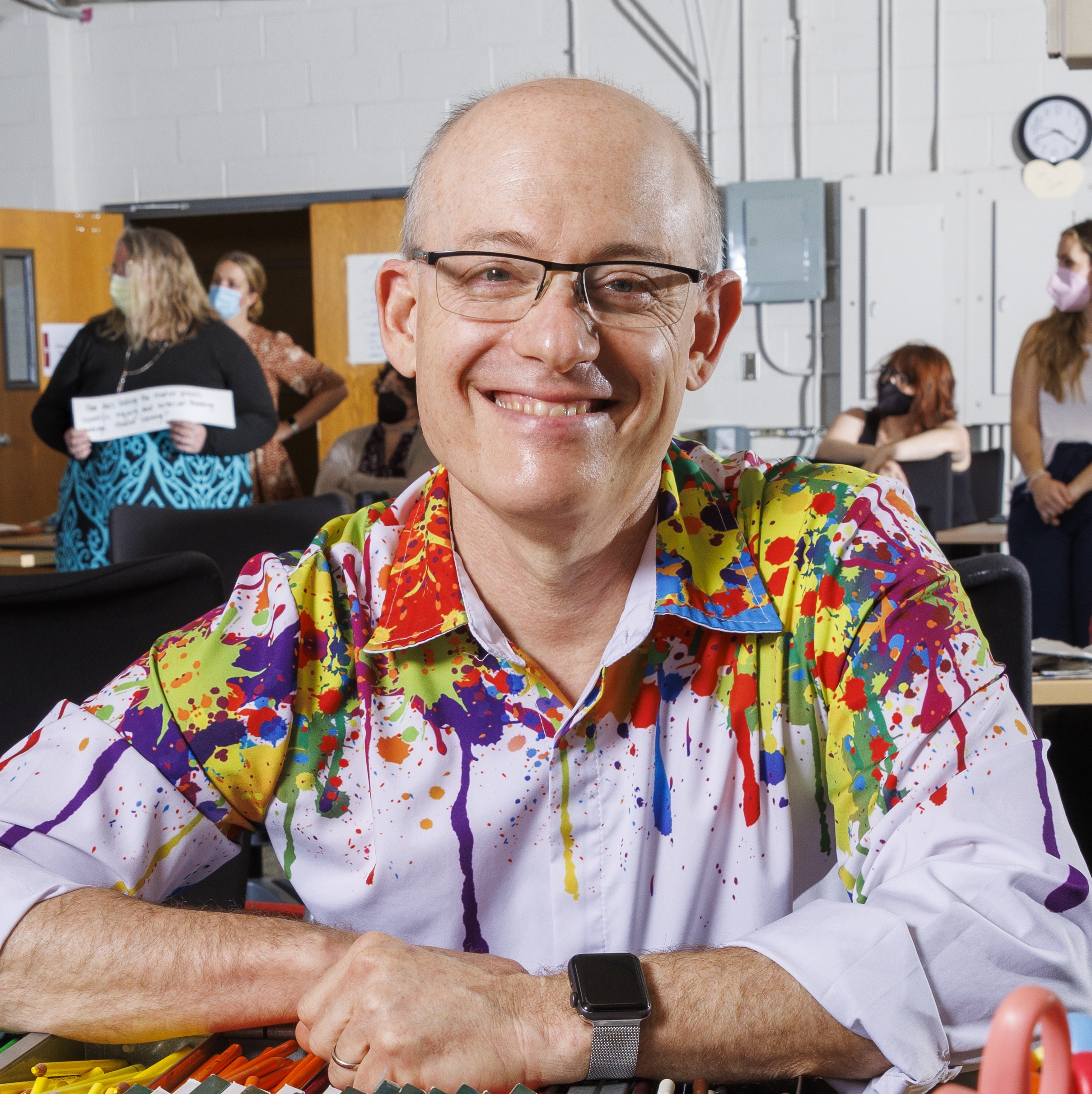




Our educational system is facing two partially overlapping challenges. The first challenge is preparing well-informed participatory citizens in the age of automation, information overload, social networks, and misinformation (Schwab, 2016). The second challenge is addressing the unique needs of students from different ethnic, racial, cultural, and socio-economic backgrounds. Schwab, describing the potential of the Fourth Industrial Revolution, summarized, “In the end, it all comes down to people and values. We need to shape a future that works for all of us by putting people first and empowering them. In its most pessimistic, dehumanized form, the Fourth Industrial Revolution may indeed have the potential to “robotize” humanity and thus to deprive us of our heart and soul. But as a complement to the best parts of human nature—creativity, empathy, stewardship—it can also lift humanity into a new collective and moral consciousness based on a shared sense of destiny.” (Schwab, 2016). Emerging Media Arts and inquiry can and should be at the heart of meeting the challenges of the fourth industrial revolution.
To position students for success, educators across the curriculum need professional development (PD) in an integrated curriculum that is culturally responsive, and student-centered inquiry approaches so they will alter their teaching stance and practice (Marshall, 2014). Using emerging media arts is one of the best and most flexible ways to answer the challenges of learning in the fourth industrial revolution and building culturally responsive learning experiences.
We will model and invite participants to participate in a Creative Research Cycle starting with a physical multi-media product that then gets remixed and becomes metacognitive using emerging media.
The first step is an introduction to the cycle steps (10 minutes)
Creating in a physical Creative Research Journal (45 minutes) this phase will incorporate a variety of visual art materials that allow for a 2 and 3d creative process
Metacognitive/ remixing- creating an emerging media product using google or Adobe suite apps. (20 minutes)
Wrap up 5 minutes.
Marshall, J. (2005). Connecting art, learning, and creativity: A case for curriculum integration. Studies in art Education, 46(3), 227-241.
Marshall, J. (2014). Transdisciplinarity and art integration: Toward a new understanding of art-based learning across the curriculum. Studies in Art Education, 55(2), 104-127.
Marshall, J. (2010). Thinking outside and on the box: Creativity and inquiry in art practice. Art Education, 63(2), 16-23.